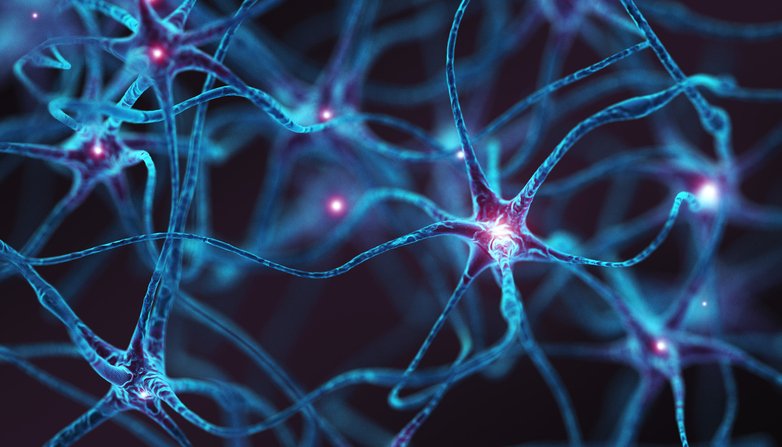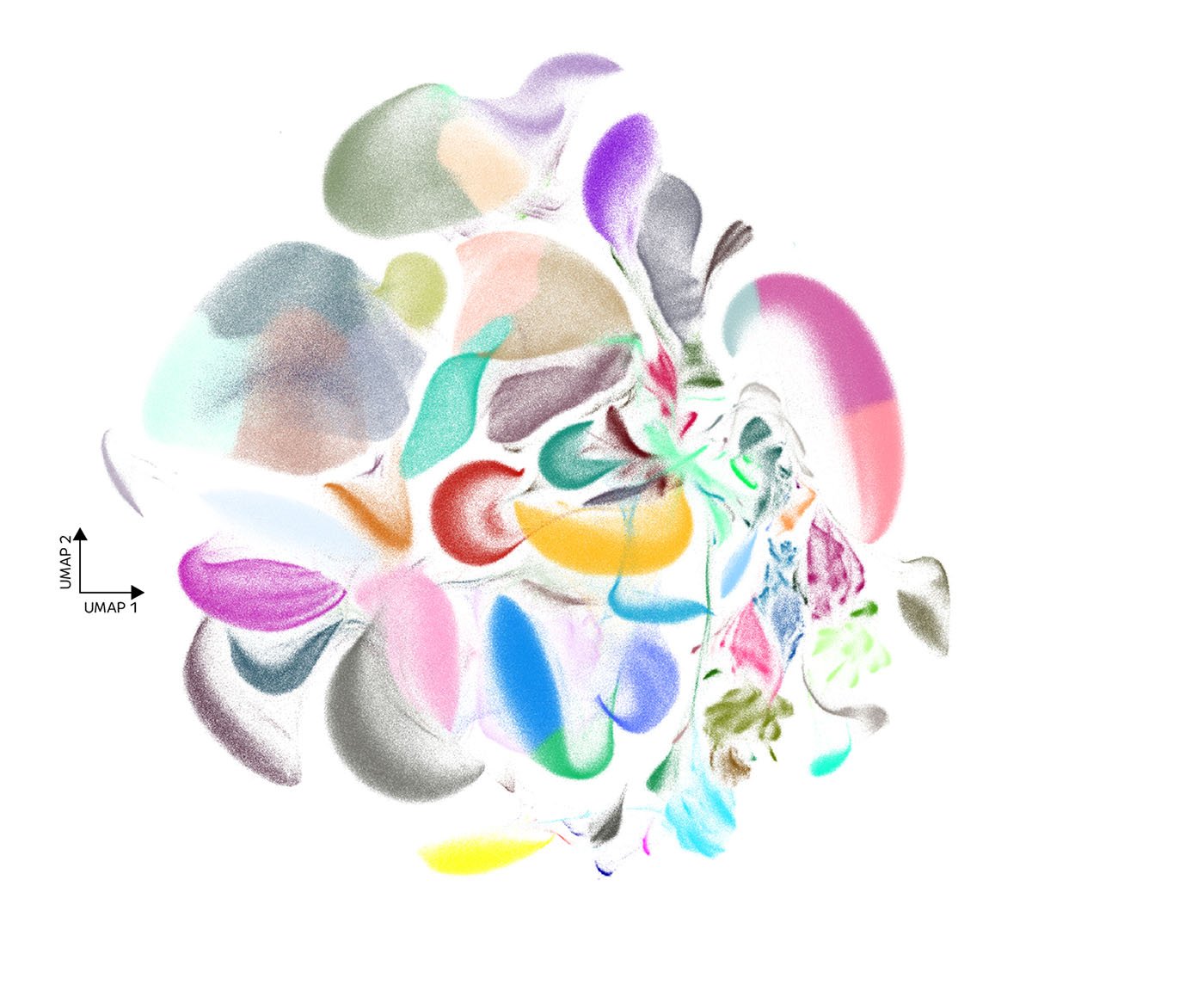Parkinson’s disease (PD) is the second-most common neurodegenerative disorder after Alzheimer’s and is caused by the degeneration of dopamine-producing neurons in the brain, leading to motor dysfunction, such as tremors and slowed movements.
Vamsi Mootha, MD, institute member at the Broad Institute, explains that a striking epidemiological association exists between heavy smoking and lowered PD risk. As smoking causes elevated carbon monoxide exposure which disrupts oxygen delivery by hemoglobin, he speculates that a low oxygen state in the brain may offer an unexpected protective mechanism against this incurable neurological disease that affects more than 10 million people worldwide.
In a new study published in Nature Neuroscience titled, “Hypoxia ameliorates neurodegeneration and movement disorder in a mouse model of Parkinson’s disease,” Mootha’s lab has now shown that low oxygen environments, similar to the thin air found at Mont Blanc, which reaches an elevation of approximately 16,000 feet, can successfully recover neuron function and alleviate motor symptoms in mice with Parkinson’s-like disease.
Notably, the work identifies excessive oxygen in the brain, or brain hyperoxia, as a toxic driver for neurodegeneration and proposes reduced oxygen intake as a novel therapy path for PD. The work was completed in collaboration with Fumito Ichinose, MD, PhD, professor of anesthesia at Harvard Medical School (HMS) and Massachusetts General Hospital (MGH) and co-corresponding author of the study.
“The fact that we actually saw some reversal of neurological damage is really exciting,” said Mootha in a public release. “It tells us that there is a window during which some neurons are dysfunctional but not yet dead—and that we can restore their function if we intervene early enough.”
Oxygen consumer of the cell
Mootha, who is also a professor of systems biology and medicine at HMS and a Howard Hughes Medical Institute (HHMI) investigator, leads a laboratory that centers basic mitochondrial biology and rare mitochondrial disorders. In contrast to research groups that focus on the ATP-producing role of the “powerhouse of the cell,” Mootha’s team has honed into the mitochondria’s complementary job as the body’s oxygen consumer to protect against toxic oxidative stress.
In 2016, the team published a seminal discovery showing that activation of the hypoxia response pathway could serve as defense against mitochondrial dysfunction. Mouse models of Leigh syndrome, a genetic neurometabolic disorder and the most common pediatric manifestation of mitochondrial disease, remarkably showed improved symptoms and a dramatically extended life span when raised in a low oxygen environment. A few years later, similar results were demonstrated in Friedreich’s ataxia, another neurodegenerative disease characterized by progressive loss of coordination and muscle strength.
While the therapeutic effects of hypoxia appeared to generalize across these monogenic forms of mitochondrial disease, Mootha’s team has been eager to extend the investigation to broader territories, such as accelerated aging and now PD.
“An open question was whether hypoxia would benefit more common forms of secondary mitochondrial dysfunction. One of the diseases that has always been on our radar screen from the very beginning was PD,” Mootha told GEN.
Prevent and reverse
Mitochondrial dysfunction has long been implicated in PD. When in its pathologic state, α-synuclein, a neuronal protein involved in the regulation of synaptic function and driver of PD progression when misfolded, has been documented to cause mitochondrial fragmentation, increased reactive oxygen species (ROS) production, and decreased mitochondrial gene expression.
As a model for PD, the researchers investigated the effect of continuous hypoxia treatment at 11% oxygen, a level mimicking human tolerable thin air conditions experienced at high altitudes, in mice injected with α-synuclein preformed fibrils (PFFs).
Remarkably, hypoxia treatment demonstrated both a PD prevention and reversal mode. Mice treated with chronic hypoxia immediately after PFF injection did not experience loss of dopaminergic neurons nor movement disorder symptoms characteristic of PD, indicating a successful preventative effect. Additionally, untreated mice that developed Parkinson’s-like motor symptoms six weeks after PFF injection experienced reversed motor defects and recovery of dysfunctional neurons after being placed in chronic hypoxic conditions over a three-month period. Notably, no other treatment has been reported to successfully reverse motor defects in this α-synuclein PFF mouse model.
Ichinose highlighted that while hypoxia prevented further loss of dopaminergic neurons, the treatment did not affect the formation of α-synuclein aggregates, known as Lewy bodies, thereby suggesting a mechanism that operates downstream of α-synuclein. Given that α-synuclein may have important physiological functions, Ichinose told GEN that these results may provide a valuable therapeutic direction that avoids hitting α-synuclein directly.
Hypoxia in a pill
Mootha emphasizes that translation of these preclinical mouse model results to humans is still a step away. As disease symptoms were observed to return under normal oxygen conditions, continuous hypoxia treatment is needed to maintain therapeutic effect. Treatment options for further investigation can include moving to higher altitudes or controlling indoor oxygen levels.
“For decades we have controlled temperature and humidity with air conditioners. It’s conceivable that the air conditioners of tomorrow will also control oxygen levels as a potential therapeutic path forward,” said Mootha.
The team plans to further elucidate the interactions between α-synuclein, mitochondria, and oxygen, to identify new targets that are druggable by traditional medicines and do not require exposing the entire patient to hypoxia. Aligned with this goal, Mootha, Ichinose, and colleagues have recently developed a “hypoxia in a pill” regimen, which showed proof-of-concept efficacy by combining two FDA approved medicines to jointly target hemoglobin to prevent oxygen delivery.
Looking ahead, the authors will look at the multi-systemic nature of mitochondrial dysfunction and investigate why hypoxia is effective on the central nervous system pathology, but not the cardiac manifestations of these disorders.
The post Out of Thin Air: Hypoxia Reverses Parkinson’s Symptoms in Mice appeared first on GEN – Genetic Engineering and Biotechnology News.




